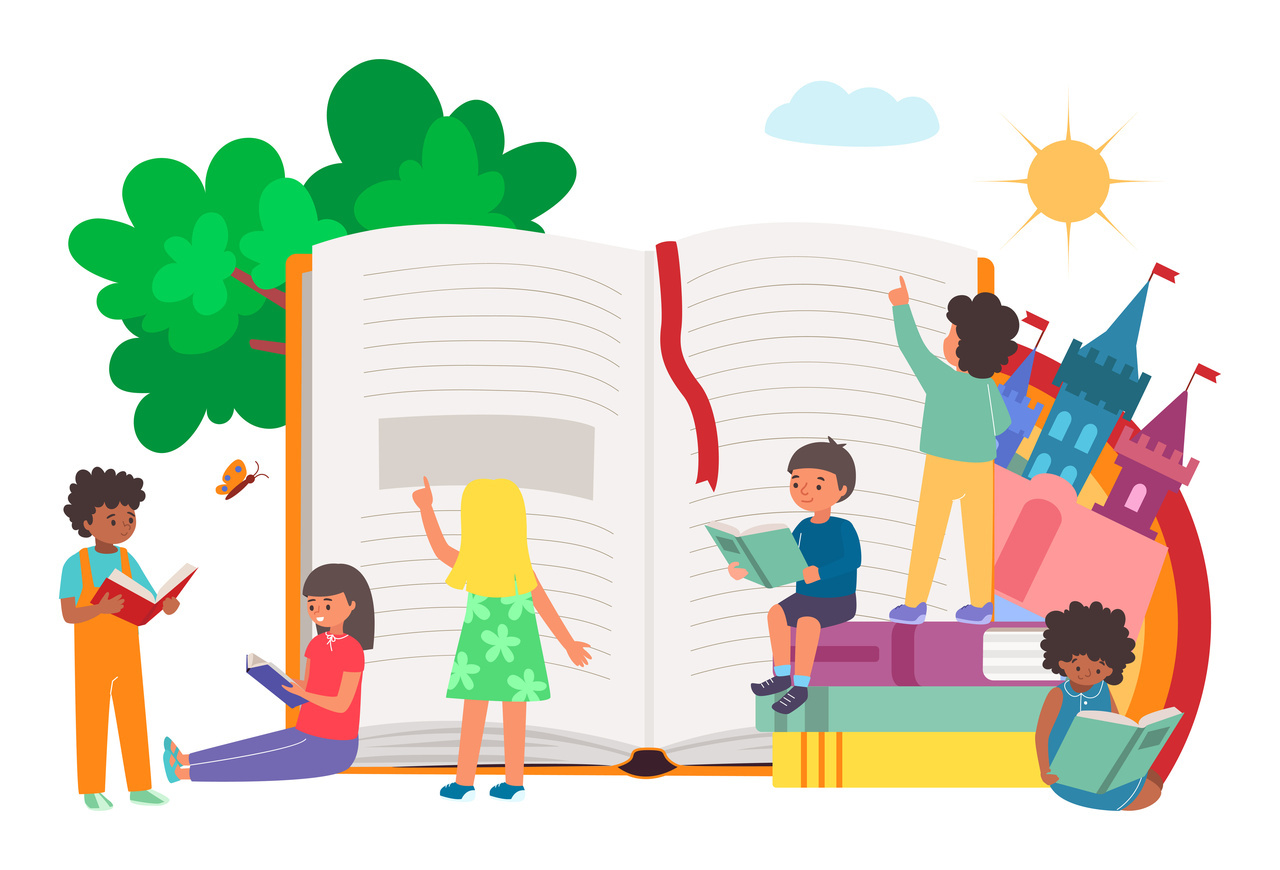Working with families: supporting children with dyslexia

Dyslexia affects the skills involved in reading, spelling and writing. You may hear it referred to as either of these things.
Many typically developing young children will display behaviours that could be associated with Dyslexia and make some of these mistakes, however it is the severity and the length of time that these behaviours persist that may indicate Dyslexia.
In children we may notice:
- Difficulty learning and remembering nursery rhymes or songs
- Difficulty paying attention or listening to stories
- Love listening to stories but not paying any attention to letters or words
- Muddling of words, e.g. flutterby (butterfly) or substituting words, e.g. lampshade for lamppost
- Finding it difficult to carry out two or more instructions at one time, e.g. pick up the doll and put it in the box. They may be fine carrying out one instruction at a time
- Appear to forget names of friends, teachers, colours, etc.
Identifying potential speech and language issues as early as possible is important because a lot can be done to develop their language skills before they start school. This will help to lessen the impact that their dyslexia might have on their later literacy skills.
Support and extended learning
Try these 7 top tips with your child at home to expand on their speech and language. Some of these strategies tend to feel more natural than others at first. It can also be very tricky to do several of these in one go. To begin, pick one at a time to try.
1. Let your child choose a toy.
Follow what he/she wants to do by copying their actions and ideas and make sure that you name what they are playing with. This gives your child the word at the best time for them to learn it, which is while they are using it. By copying their play, you are also showing them that you are interested in what they're doing.
2. Avoid asking lots of questions.
By not asking them questions, your child will have more time to think. If you give them too much language to process, they can become easily overwhelmed.
3. Give your child time to communicate using words, sounds, gestures or eye contact.
This gives your child time to think about words and actions. It allows them to try to do it for themselves and to succeed. Your child can start or lead their play and let you know when they want you to talk to them. Your child is more likely to have a go at saying words or make sounds and noises.
4. Sit so your child can see your face.
Doing this will help your little one to feel important, and it will encourage them to interact and communicate with you. They will also be able to see your face and how your mouth moves when you speak, as well as observe your facial expressions.
5. Wait for eye contact before you respond.
If you child is looking at you, it is an indication that they are listening to you too. It shows you that your child is ready to hear the word. Eye contact lets you know when to take turns in conversations and it allows your child to see how your mouth moves when you're speaking. By watching your face, your child will also learn to understand your emotions and body language.
6. Listen and repeat what your child says.
You are providing your child with an adult model so that they can hear how the words should sound. You can also take this opportunity to model any words that your child mispronounces, for example, if they say ‘tar’, you say ‘car’.
7. Repeat what your child says and add a word.
For example: if your child says ‘car’, you say ‘red car’. This will help your child to learn new words and move their language to the next level.
----
If you'd like additional information on dyslexia, the British Dyslexia Association has a helpful website: bdadyslexia.org.uk





Please sign in or register for FREE
If you are a registered user on SEND Network, please sign in